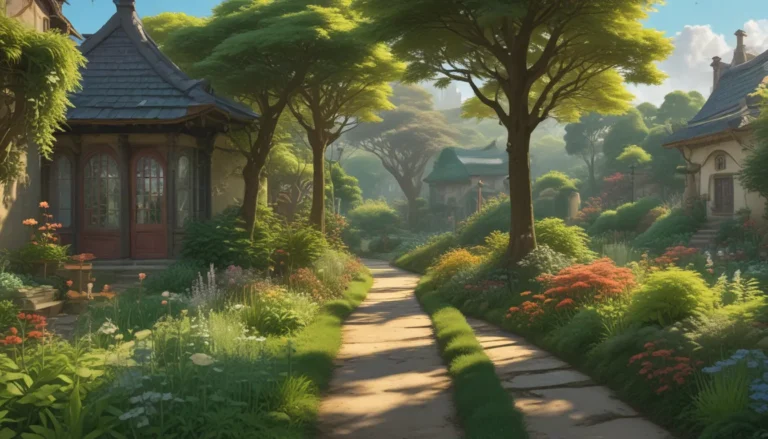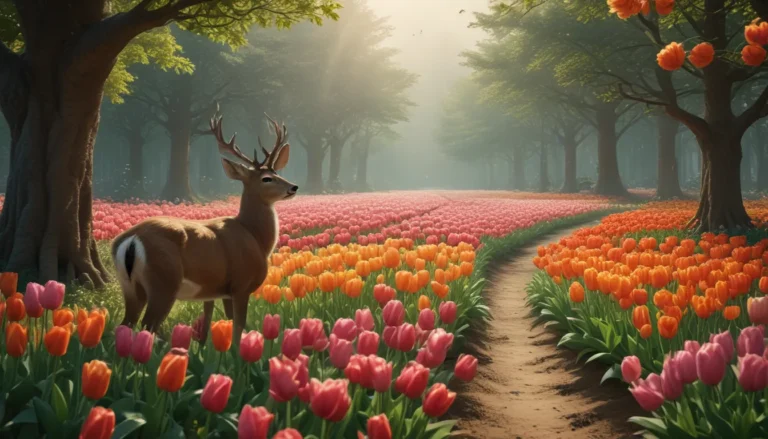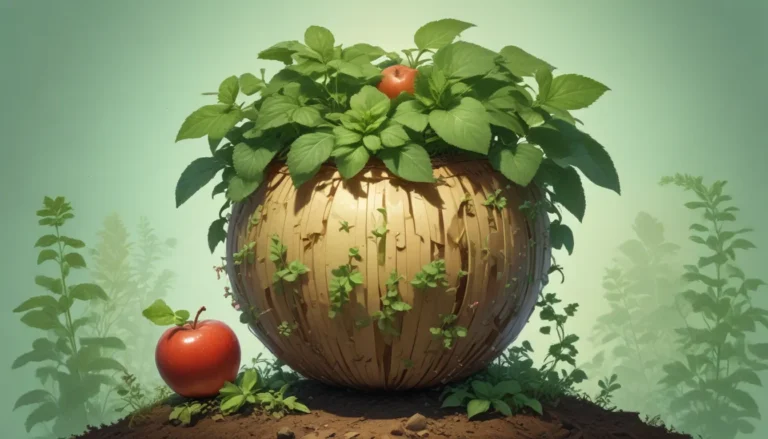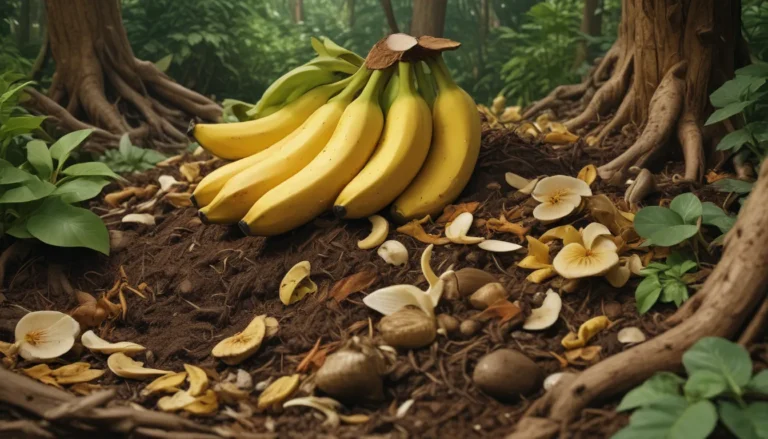The Grandeur of Deciduous Magnolias: A Guide to 15 Exquisite Varieties
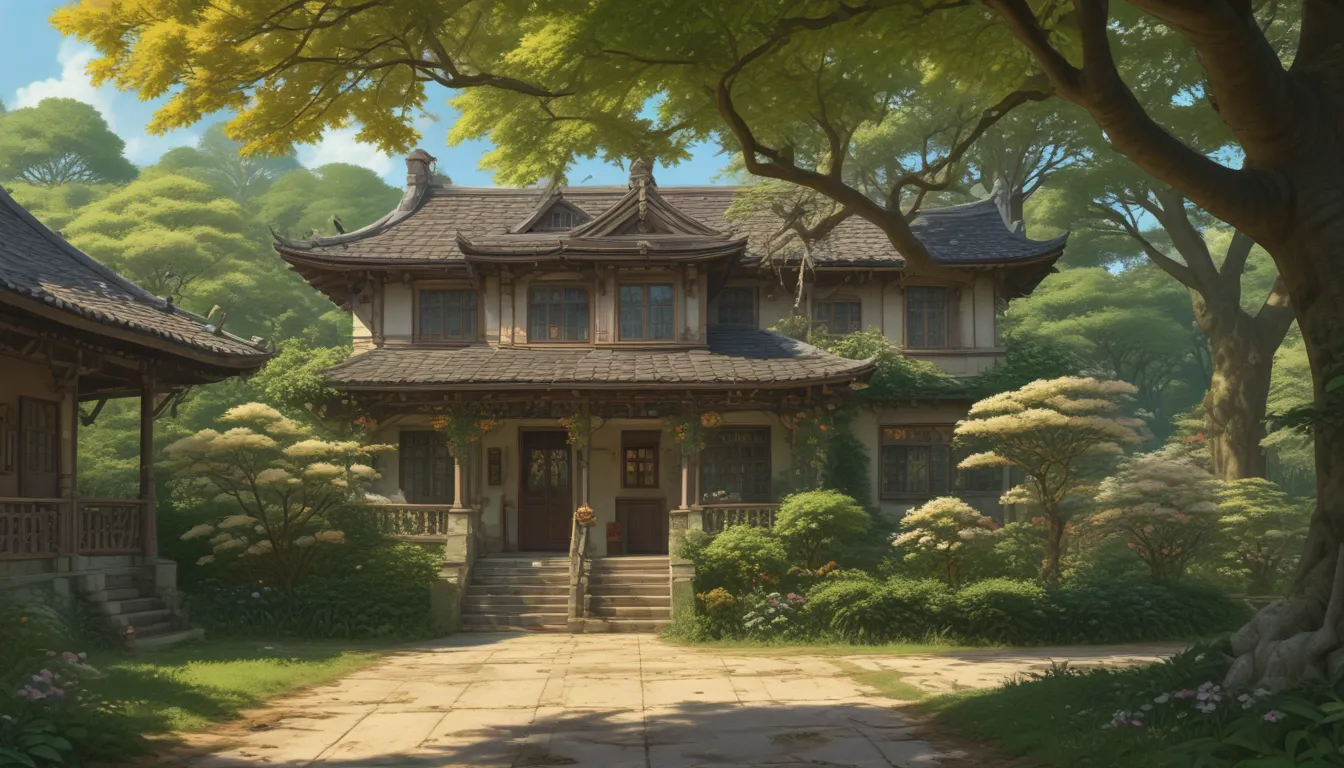
When you think of a magnolia tree, chances are you picture the classic Southern magnolia with its large, waxy white blossoms and evergreen leaves. But did you know there are many other options out there, including deciduous magnolias that lose their leaves in winter and bloom on bare wood?
Deciduous magnolias are versatile in the garden, coming in various sizes and with unique characteristics that make them stand out. From surviving in swampy conditions to boasting showier blossoms than their evergreen counterparts, these trees offer a diverse range of options for gardeners.
In this in-depth guide, we’ll walk you through 15 of the best deciduous magnolias to grow at home. Each variety has its own unique features and growing requirements, offering a stunning addition to any garden landscape.
15 Deciduous Magnolias for Your Garden
- Ann
- A small tree with deep purple blossoms that flower later in spring to avoid frosts.
-
Part of the Little Girl series, ‘Ann’ is a reliable bloomer with a compact size, making it suitable for various climates.
-
Bigleaf
- Known for its large leaves and massive flowers that make a statement in the garden.
-
Requires well-draining soil and a balanced mix of sunlight and shade to thrive.
-
Butterflies
- Displays bright, canary yellow flowers that maintain their color even as they age.
-
Each branch is covered in fluttering blossoms, creating a striking visual display.
-
Campbell’s
- Native to the Himalayan region, ‘Campbell’s’ features rose pink flowers with a unique goblet shape.
-
Best suited for Zones 7 to 10, this variety offers several beautiful cultivars with various flower colors.
-
Cucumber
- Valued for its large leaves and adaptability to different environments.
-
Can grow up to 70 feet tall and produces tiny cucumber-like fruits in addition to its small, greenish-yellow flowers.
-
Daybreak
- A columnar-shaped tree with large rose-pink flowers that bloom late in the year.
-
Tolerant of pollution, making it a great choice for urban environments.
-
Fraser
- Native to the southeastern US, ‘Fraser’ magnolias feature creamy white flowers and textured bark.
-
Ideal for smaller spaces, with a compact size suitable for Zones 8b to 10b.
-
Galaxy
- A hybrid cross with reddish-purple blossoms and medium to light green leaves.
-
Blooms early in the year and thrives in Zones 5 to 9.
-
Goldfinch
- Known for its pale yellow blossoms that emerge late to avoid frost damage.
-
Bred for cold-hardiness and compact growth, making it ideal for Zones 4 to 8.
-
Jane
- Features vibrant, purplish-pink blossoms that bloom later in the year.
- Offers fragrant flowers and moderate growth suitable for Zones 4 to 8.
-
Lily
- Native to China, ‘Lily’ magnolias have bold purple-pink blossoms popular for hybridizing.
- A petite tree that thrives in Zones 5 to 9, making it ideal for smaller gardens.
-
Saucer
- Known for its huge, saucer-sized blossoms and early spring flowering.
- Fast-growing hybrid suitable for Zones 4 to 9.
-
Star
- Compact shrub with abundant white flowers that cover every branch.
- Offers sweet-smelling blooms and a striking appearance suitable for Zones 4 to 9.
-
Sweet Bay
- Ideal for shady areas, with creamy white flowers and a citrus scent.
- Grows well in wet conditions and offers cultivars with larger blossoms in warmer regions.
-
Umbrella
- Features shiny leaves in a circular shape at the end of the stems.
- Hardy in Zones 5a to 8b, this tree is prized for its unique foliage and colorful fruits.
With such a diverse range of deciduous magnolias to choose from, there’s a perfect variety for every garden. Whether you’re looking for showy blossoms, unique foliage, or compact growth, these trees offer a stunning addition to any landscape.
So, what are you waiting for? Choose your favorite deciduous magnolia and bring a touch of elegance and beauty to your garden today!
